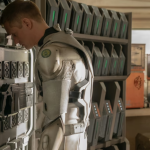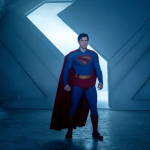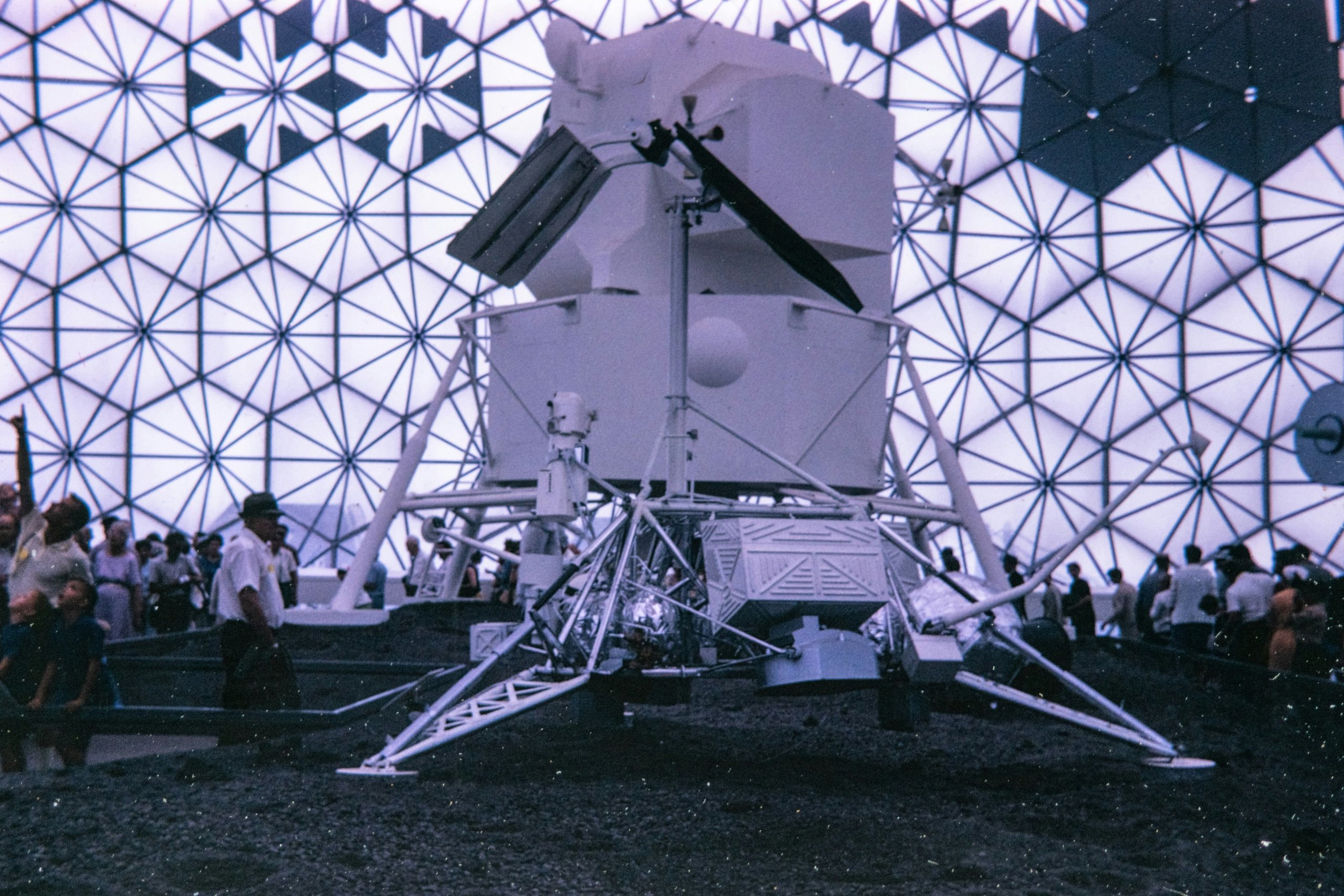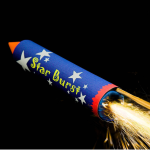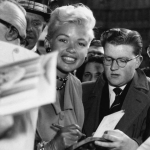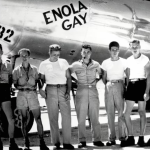Here’s how I can tell that professional wrestling doesn’t really appeal to me. Because occasionally, when I’m at a wrestling show in Massachusetts, where I live—whether it’s a World Wrestling Entertainment event at the TD Garden in Boston, which has 19,000 people, or a Rad Pro Rasslin’ event at the Elks Lodge in Newburyport, which has about 78 people—and I’m watching the wrestlers strut, grimace, and go flying, and wedge themselves, red-faced, into a tangle of limbs, and grab the microphone and make their speeches, angry, blustering, or ramblingly strange, I can’t help but think:
Uh, couldn’t this, shouldn’t this, all be just a little bit, you know, better?
A true pro wrestling fan would never think of this.
However, I sense a furrow in the reader’s brow: Professional wrestling? That’s the fake stuff, isn’t it? Is it a low-rent delirium of suspended disbelief or hypertrophied half-belief, or are there rigged battles, hollow contests, and cartoonishly lumbering and bellowing wrestlers? The glitz, the tights, the absurdity?
Indeed, it is; indeed, it is.
It’s also a unique and incredibly important cultural form that is both pre-American, with roots in carnival, burlesque, masks, magic, and the dark beginnings of theater itself, and fundamentally American in its clanking, fantastical performance of Self.
That’s why I adore it. Let me clarify.
Wrestling as Storytelling:
Storytelling is what professional wrestling is. It features in-between guys (the majority of wrestlers), bad guys (heels), and good guys (babyfaces). It features classic, captivating scenes: a small man battles a large man; a battered underdog discovers a wild reserve of pugnacity; an elderly person stumbles out for a final battle; a snobbish overlord humiliates everyone, etc.
The action is both real and fictional. Many of the moves are choreographed, and the results are predetermined—decided by the promoters, the wrestlers, and their writers or “bookers.” But it is impossible to fake those crashes and impact noises. These wrestlers are “taking their bumps”—real-time, real-pain, real-surgery-will-be-necessary-one-day lumps, night after night.
The ring itself has a dual nature: the wrestlers thunder to Earth as they land on the canvas, temporarily rendered weightless and twanged skyward by the angelic tension of the ropes. Or scattering the microphones on the commentary team’s ringside table. Or on the floor. No repeal of gravity.
Theatricalized and Disorienting:
The whole place is energized, hummingly theatricalized, and primed for disorientation. Huge, artificial characters are stalking around within touching and smelling distance (don’t touch the wrestlers!), getting yelled at and shouting back.
Part of the reason pro wrestling has such enduring appeal for me is that it frequently seems to be underperforming—letting its nearly limitless artistic-dramatic potential evaporate in clichéd bombast, puffery, and stomping-about.
As I say, a true wrestling fan does not think like this.
Lexi and the Wrestling Mind:
My friend Lexi—my Virgil in this loud, gaudy underworld—has been a true wrestling fan since she was a young child. She is an expert in both the technical and dramatic aspects of professional wrestling. Every character, every move. She has a keen sense of irony.
However, Lexi, like all true wrestling fans, has an enigmatic and enchanted approach to the entire wrestling gestalt. The Wrestling Mind is a primordial buy-in that occurs before thinking begins.
Imagine living in a place where you are not forced to choose between the real and the unreal—in fact, where the constant alternating between the two is ritualized and brilliantly, albeit crudely, dramatized. But you have to enter the Wrestling Mind in order to really get there and dig it.
And that’s a problem for someone like me who is picky about aesthetics.
Cheap Beers and Critical Doubts:
Drinking is undoubtedly beneficial. (Simple: A few pleasant Bud Lights will suffice. I’m a cheap date.)
However, I’ll be levels below, fussing over my critical doubts, while the true wrestling fans around me are yelling, whooping, and cracking mean, funny jokes, throned high and superb in the Wrestling Mind.
For example: Why is this wrestler’s monologue, in which he adamantly vows to exact loud revenge on his current adversary, so awkward and verbally stale? Why isn’t it more humorous? Why doesn’t it have more edge? Why isn’t it even more crazy?
Why isn’t it an Elizabethan tirade, filled with bizarre and gory fantasies?
Why isn’t the writing better?
The Music Drops:
Or: Why does the wrestler’s entrance music always end with this little anticlimax? Particularly in the arenas during the major performances.
The entire place trembles in an ecstasy of concrete and heads-thrown-back to Cody Rhodes’ heavy-metal anthem, “Kingdom,” as he exits with a peroxide stare, resembling the security detail for an alien emperor: “Out the curtain, lights go up, I’m home.” Whooa-ooa!
But then the wrestler enters the ring, the song ends, and—whoosh—the voltage drops. Bathos dilates. The crowd buzzes in vain. Here we are now, entertain us.
It feels like dramaturgy has failed.
Rough Theatre, Real Risk:
Pro wrestling, especially at the local level, is Rough Theatre—Peter Brook’s “salt, sweat, noise, smell.” The theater that’s not in a theater.
Audiences join in. They chant This-is-awe-some! or Ho-ly-shit!, and the wrestlers float and throb with joy.
But a match that leaves the crowd cold? It freezes before your eyes.
The wrestlers are sweating and huffing like demons in an attempt to “get over.” But nothing’s working. The energy drains, like someone slipped a magnet beneath the ring to suck the drama away.
They thrash. They heave. They pound the mat. Still nothing.
A Night in Worcester:
Picture DJ Powers at an event in a Worcester bar called Electric Haze. He’s heckled from all sides. Fuming. Yelling, “Shut up! You cherish me!” as he jumps off the top rope.
The goal is narrative fire. People keep returning because the story grabs them. That’s the high. That’s the run. It may last six months, or a year, or more—if the story holds.
Most of the time, it doesn’t.
But when it does?
Hogan’s Heel Turn:
July 7, 1996. Daytona Beach. WCW’s “Bash at the Beach.”
Savage is kicked in the gut. Luger is stretchered off. Sting fights alone.
Then—wait! Hulk Hogan appears.
The crowd goes wild. The hero is here.
And then he drops the leg—on Savage. Not the heels. The hero has turned.
Silence. Boos. Trash flies into the ring. “A career of a lifetime… down the drain.”
The New World Order:
Hogan, Nash, and Hall become the New World Order. Black gear. Evil stubble. Meta-villains. Wrestling morphs into something sleeker, darker.
Reality bends. Fiction swallows fact.
Politics, Wrestling, and Trumpamania:
Hogan, years later, at the Republican National Convention: “Let Trumpamania run wild!”
Was wrestling’s embrace of the heel the beginning of the Trump era? Did the NWO plant a cultural virus?
To the true fans, Trump’s rise wasn’t shocking. They’d seen this kind of story before.
Final Thoughts:
Wrestling happens in the mind. The arenas, the gyms, the bars—fictional spaces where story, violence, absurdity, and poetry combine.
Could it be better? Cleaner? More polished?
Sure.
But then it wouldn’t be wrestling.
And anyway—there’s always another twist.



